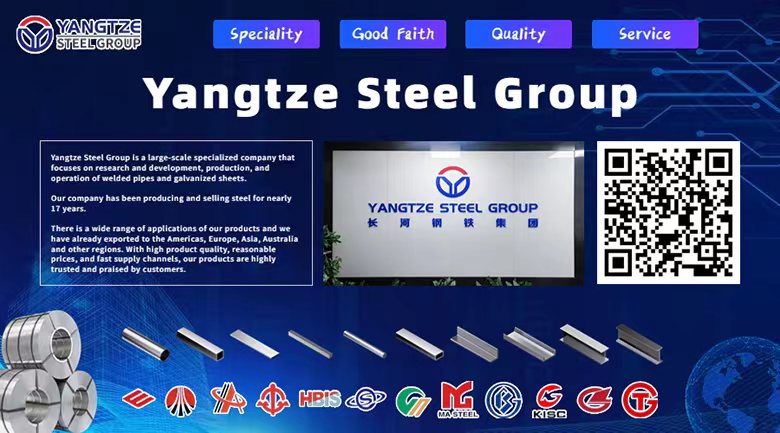Corrosion and Protection of Channel Steel
Channel steel is a long strip of steel with a groove shaped cross-section. During the use of channel steel, various problems may be encountered, and corrosion is one of the more important issues. Corrosion of channel steel is generally caused by the following two reasons.
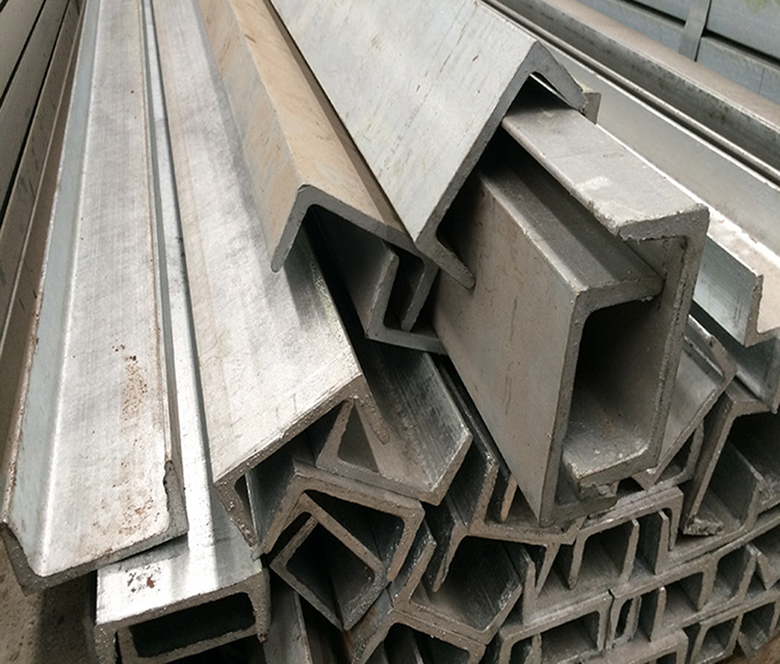
1. Chemical corrosion: Oil stains, dust, acids, alkalis, salts, etc. attached to the surface of channel steel are transformed into corrosive media under certain conditions, and react chemically with certain components in the channel steel, resulting in chemical corrosion and rusting; Various scratches can damage the passivation film, reduce the protective ability of the channel steel, and easily react with chemical media, resulting in chemical corrosion and rusting.
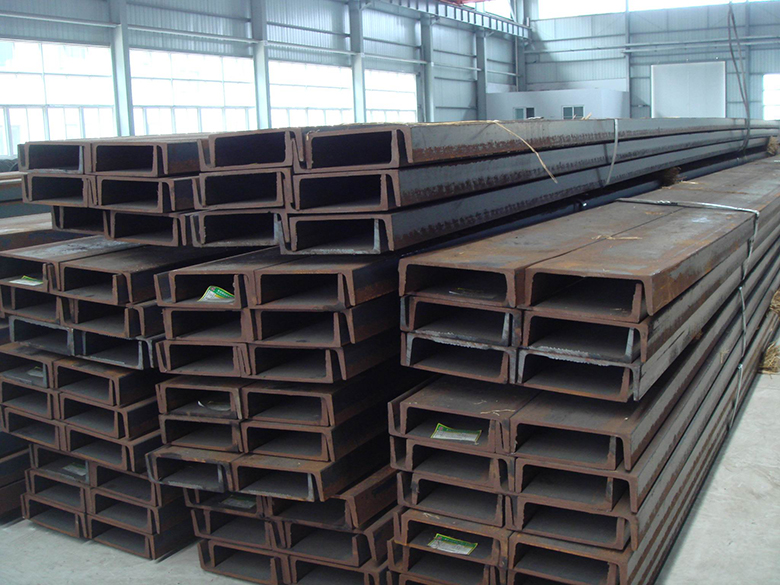
2. Electrochemical corrosion: Scratches caused by contact with carbon steel parts and the formation of a primary battery with corrosive media, resulting in electrochemical corrosion; The physical defects (undercuts, pores, cracks, lack of fusion, lack of penetration, etc.) and chemical defects (coarse grains, segregation, etc.) in the welding area form a primary battery with the corrosive medium, resulting in electrochemical corrosion.
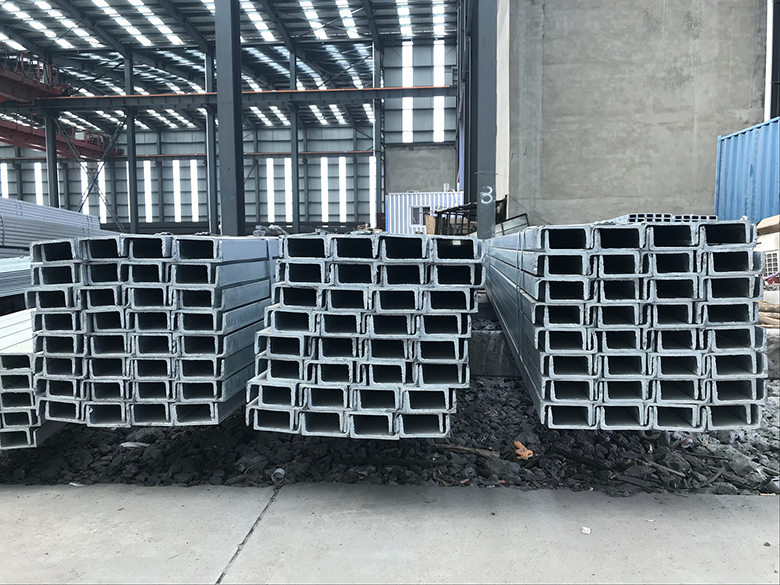
These methods can be used to prevent corrosion of channel steel
1、 Using spray aluminum coating
By sealing with aluminum coating and anti-corrosion coating, the service life of the coating can be greatly extended. Based on the theoretical and practical application results, aluminum or zinc coating is an ideal anti-corrosion bottom layer. The bonding strength between the aluminum spray layer and the steel substrate is high, the coating life is long, and it has good long-term economic benefits; The spraying process is flexible and convenient, suitable for long-term protection of large and difficult to maintain steel structures, and can be used for on-site construction.
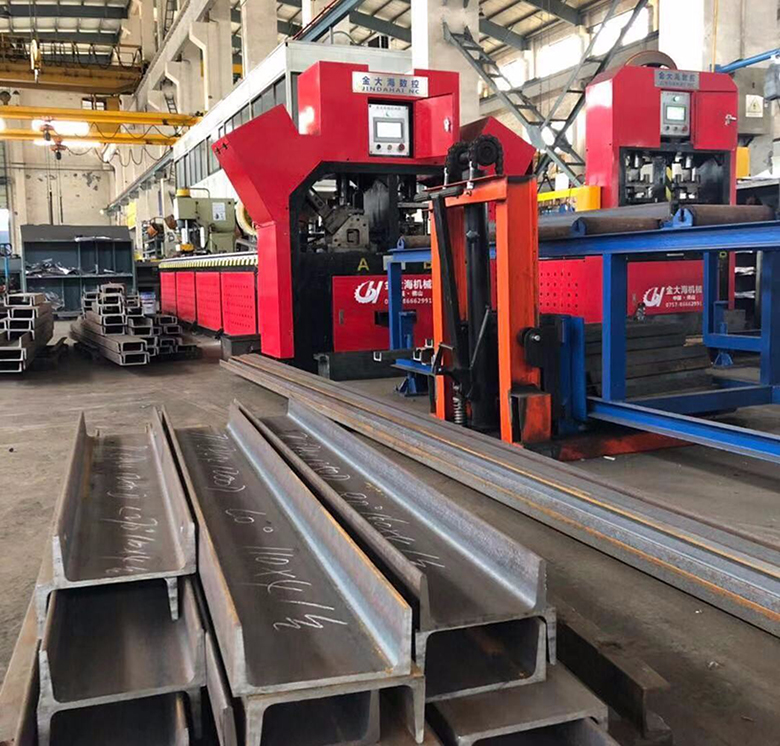
2、 Galvanized corrosion protection
According to the different galvanizing processes, hot-dip galvanized channel steel can be divided into hot-dip galvanized channel steel and hot-blown galvanized channel steel. After rust removal, the steel parts are immersed in a molten zinc solution at around 440-460 ℃ to attach a zinc layer to the surface of the steel components, thereby playing a role in corrosion prevention. Usually, a very thin and dense layer of zinc oxide is formed on the surface of the zinc layer, which is difficult to dissolve in water and therefore has a certain protective effect on channel steel.
